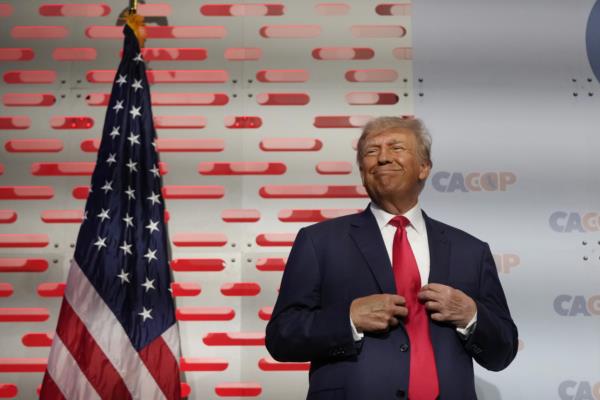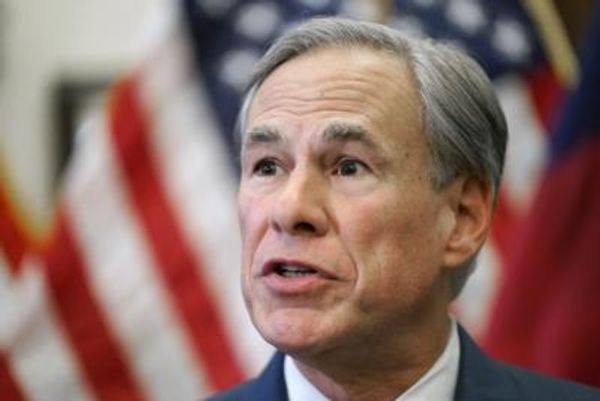
President Donald Trump has issued a warning that additional tariffs may be imposed on Chinese imports as early as next week. This move comes as part of Trump's ongoing efforts to address trade imbalances and protect American industries.
During a recent Oval Office news conference, Trump mentioned the possibility of implementing a 10% across-the-board tariff on all goods imported from China starting on February 1. This announcement follows previous threats of tariffs on Mexico and Canada, with Trump now turning his attention to China, the United States' second-largest trading partner.
While the sudden shift in tariff policy has raised questions, Trump cited concerns about the influx of fentanyl into the U.S. from China through Mexico and Canada as a key factor in his decision. By leveraging the threat of tariffs, Trump aims to pressure China into taking action against the illicit drug trade.



Notably, Trump had previously campaigned on the promise of imposing even higher tariffs on Chinese goods, with some proposals reaching up to 60%. The current 10% tariff proposal represents a scaled-back approach compared to his earlier rhetoric.
It remains to be seen how China will respond to these latest tariff threats and whether negotiations will take place to address the underlying trade issues. The potential impact of these tariffs on businesses and consumers in both countries is a matter of concern, as higher taxes on imports could lead to increased prices and disruptions in supply chains.
As the situation continues to evolve, stakeholders on both sides are closely monitoring developments and preparing for potential economic repercussions. The looming deadline of February 1 for the proposed tariffs adds urgency to the need for diplomatic engagement and strategic decision-making to avoid further escalation in trade tensions.







